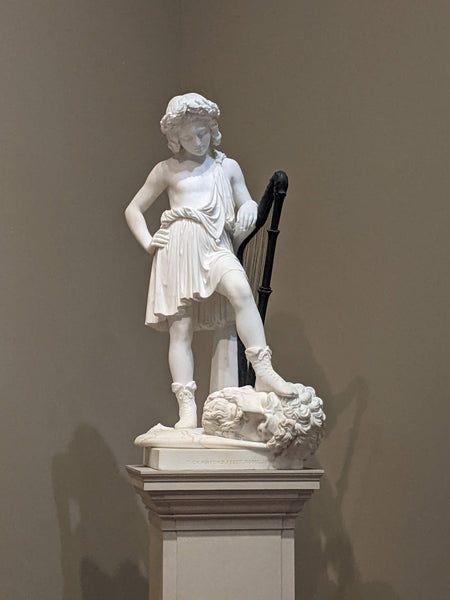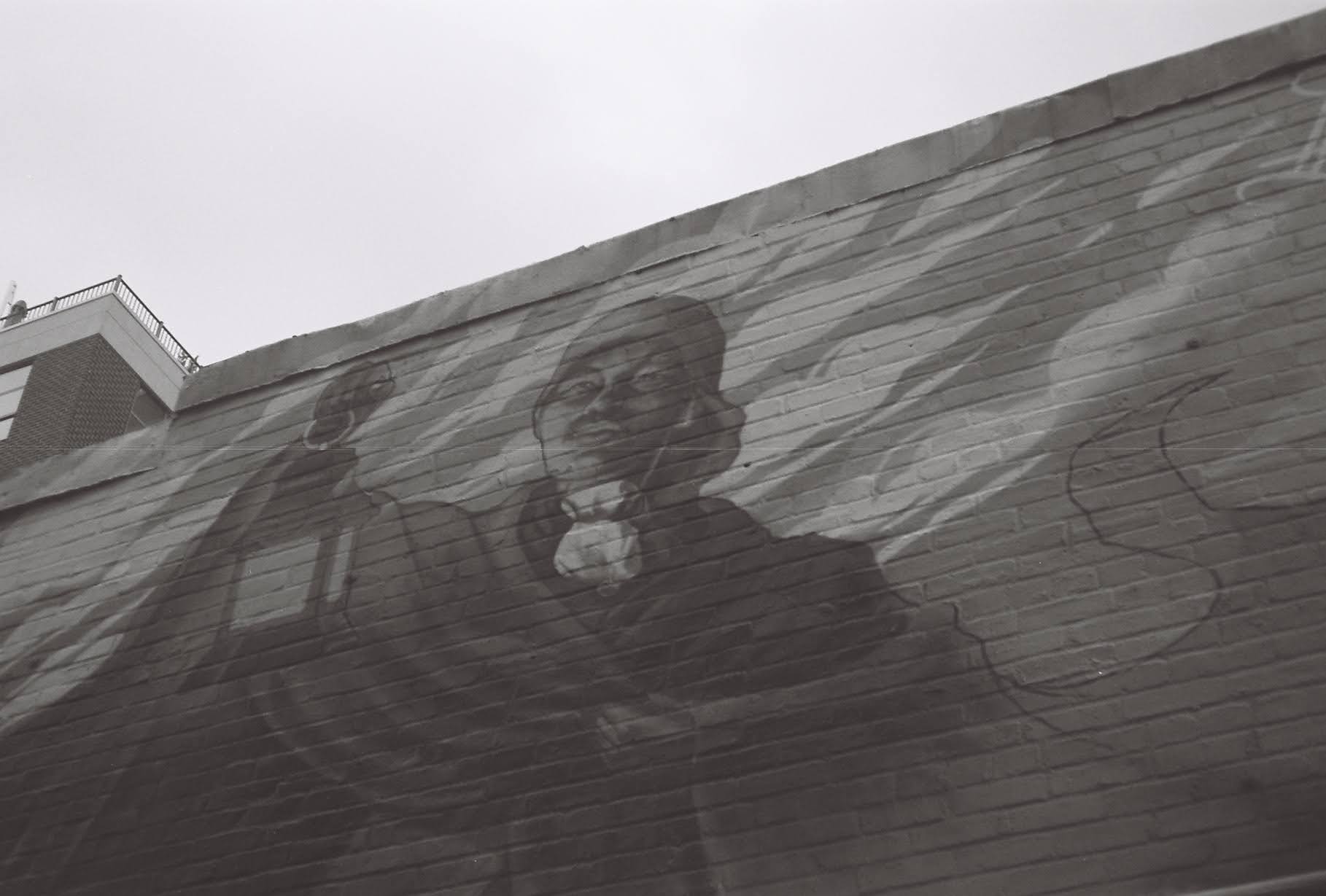Introduction
Middle school was a world of hurdles, both literal and metaphorical. As a budding track and field star, I embraced challenges that seemed insurmountable for a middle schooler. High jump, 4x400 meter relay, 800 meters, and even 400 hurdles—I took them all on. My competitive spirit was a flame, burning bright even when faced with towering high schoolers. These were giants, not just in size but in pride.
I remember the taunts and curses, attempts to psych me out, and even physical altercations on the track. Yet, in the face of adversity, I stood my ground, becoming an AAU Champion and a Junior Olympian. The heart of a giant, a force within that refuses to succumb, drove me forward. Yes, high schoolers were larger, but my heart was larger still.
Competing against those with more experience and physical advantage, I found myself in a realm where giants seemed unbeatable. Yet, the essence of the heart of a giant isn't in physical prowess alone. It's in the belief, the unyielding determination that propels a scrawny kid into the arena with the larger ones. Life, to me, is about defeating giants, conquering colossal obstacles, and proving that even the seemingly weak and small can emerge victorious.

David and the Giant
Think back to ancient times, a shepherd named David chosen to face the towering giant named Goliath. David, the underdog, young and seemingly inconsequential, was chosen to challenge the Philistine giant. Imagine this: a mere shepherd, no armor, no grandeur, standing before a colossal warrior draped in armor, armed with only a sling and stones.
The odds were absurdly stacked against David. Goliath was a behemoth, a symbol of strength and might. In contrast, David was a mere shepherd, small and apparently weak. It was a mismatch in every sense—akin to pitting a pebble against a mountain. Yet, the heart of a giant isn't measured by physical stature.
Here's the miracle: David, with his sling and a single stone, defeats the gigantic Goliath. A feat so extraordinary that it echoes through millennia. It's a testament to the notion that strength isn't always in brawn; it resides in the unyielding will to face giants with whatever tools are at hand.

Dick Gregory: A Giant in Resilience
Dick Gregory, a giant in his own right, didn't wield a sword but humor. Raised in St. Louis, he faced racial barricades in the entertainment world. Clubs resisted black comedians, but Gregory's tenacity, a giant-slaying force, shattered these norms. His journey, chronicled in "Nigger: An Autobiography," reveals the struggle to infiltrate a predominantly white comedy scene, was marked by rejections and lead to leading a March protesting segregated schools. He was arrested for Civil disorder during a 1963 civil rights demonstration in Birmingham, Alabama and later led southern marchers for SNCC, the NAACP and the SCLC.
Beyond the activism, Gregory's politics extended to global affairs. His courageous attempts to negotiate the release of US Embassy hostages during the Iran crisis showcased a giant-slayer's heart. His public hunger strike in Tehran became an effective tool in bringing justice.
From comedy to politics and hunger strikes, Gregory's life embodies resilience against professional, political, and social giants. His narrative transcends personal struggles, becoming a universal saga of triumph over formidable challenges. Gregory's legacy reminds us that true giants aren't measured by stature but by the challenges they conquer.

Duke Ellington: Demons in Swing
In the world of jazz, Duke Ellington wasn't just a musician; he was a maestro conducting the symphony of the underdog. Behind the grandeur of his music lay a narrative of overcoming demons and facing giants, a tale woven through the pages of his auto biography "Music is My Mistress."
Duke's journey was a jazz composition itself, each note resonating with both triumphs and trials. In the early days, amidst the euphoria of the Harlem Renaissance, Ellington faced demons of doubt. He wasn't an overnight sensation; rather, he carved his space in a crowded musical landscape.
The devil's whispers of inadequacy and the cacophony of challenges almost silenced his jazz. Yet, like a resilient trumpet blast, Ellington soared. His music became a conversation, where the notes spoke of determination and resilience, drowning out the demons that once haunted him.
Duke Ellington, like any great composer, stumbled through a ragtime of mistakes. His life's sheet music wasn't pristine; it bore the scratches of errors, personal and professional. Yet, these mistakes weren't dissonant notes but the syncopation that added depth to his melody.
One such discordant note was his brief hiatus during the Great Depression. Economic struggles sought to silence his piano, but Ellington's resilience composed a counter-melody. He returned to the stage, a phoenix from the ashes, reminding us that even giants falter but can rise again.

Harriet Tubman: Weaving Through Giants of Slavery
In the quilt of history, Harriet Tubman stands as a giant-slayer, her heart echoing with the strength of a thousand giants. Born into slavery, she faced seemingly hopeless challenges, her gender considered a weakness. Yet, within her burned a fire unseen by those who underestimated her strength.
Tiptoeing through danger, guided by the North Star and her pulsating heart, each daring escape declared defiance against giants who sought to keep her bound. In the Civil War, Tubman became a guerrilla warrior against Confederate giants, proving that even those fueled by ideological hatred could be toppled. From a woman bearing chains to witnessing the Union's triumph, her journey marked the birth of a new era.
Harriet Tubman's legacy echoes through generations, an anthem for those facing impossible odds. In history, she stands as a giant among giants, an underdog whose strength surpassed oppressors. Tubman's story inspires me to challenge giants and move toward liberation.

Jesus: The Ultimate Underdog
In the sprawling tapestry of giants, one story reigns supreme—the tale of Jesus Christ. In a world obsessed with might, His narrative stands as the ultimate underdog saga.
Imagine ancient times. People craved a savior, a hero draped in power and earthly glory. But Jesus took an unexpected path. His death seemed the antithesis of victory, a paradox that perplexed the masses. Dying didn't fit the narrative of conquest over Rome's oppression.
Yet, in this unexpected weakness, Jesus confronted the greatest giant—death itself. The ancient world scoffed at the idea of dying as powerful. But in this demise, Jesus achieved the inconceivable. His death wasn't defeat; it was the ultimate victory.
By surrendering to death, He gave us the ultimate gift. His sacrifice became the propitiation for our sins, defeating the colossal giant that haunted humanity since the beginning—death. Jesus transformed the weakest act into the source of eternal life for anyone who believes.
This narrative of a Savior who overcame death itself echoes in our hearts. It's the epitome of the underdog, turning conventional wisdom on its head. In the Heart of a Giant, Jesus' story shines as the ultimate symbol of triumph over the seemingly insurmountable.
As we navigate life's giants, let Jesus' victory inspire us. In weakness, strength emerges. In surrender, we find true victory. The Heart of a Giant beats in sync with the greatest underdog tale—Jesus, our ultimate champion.

